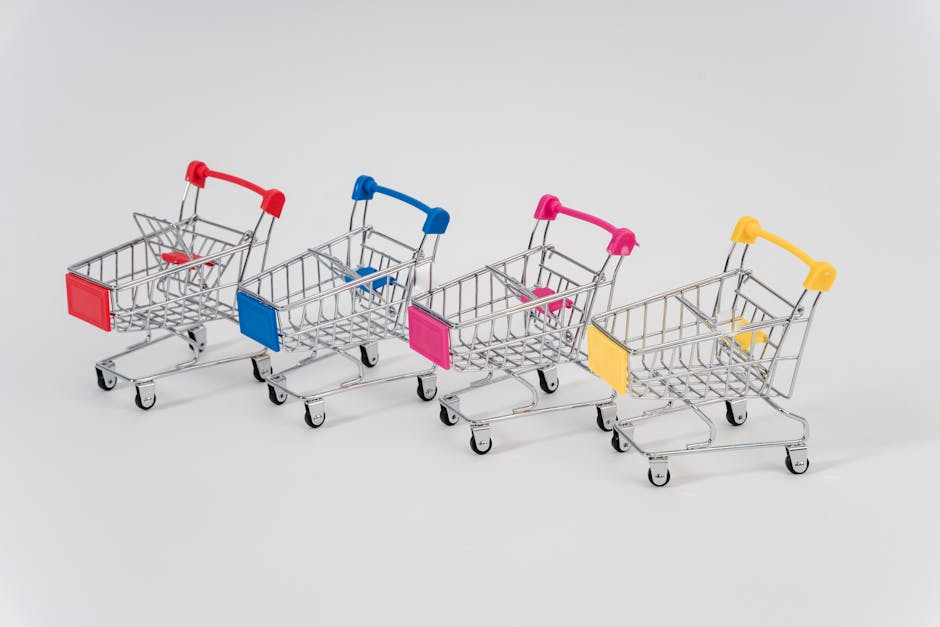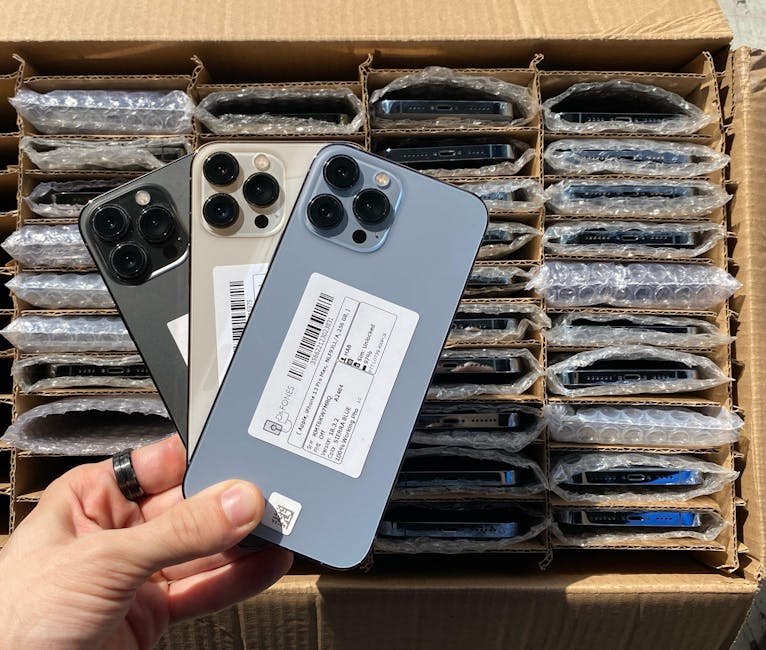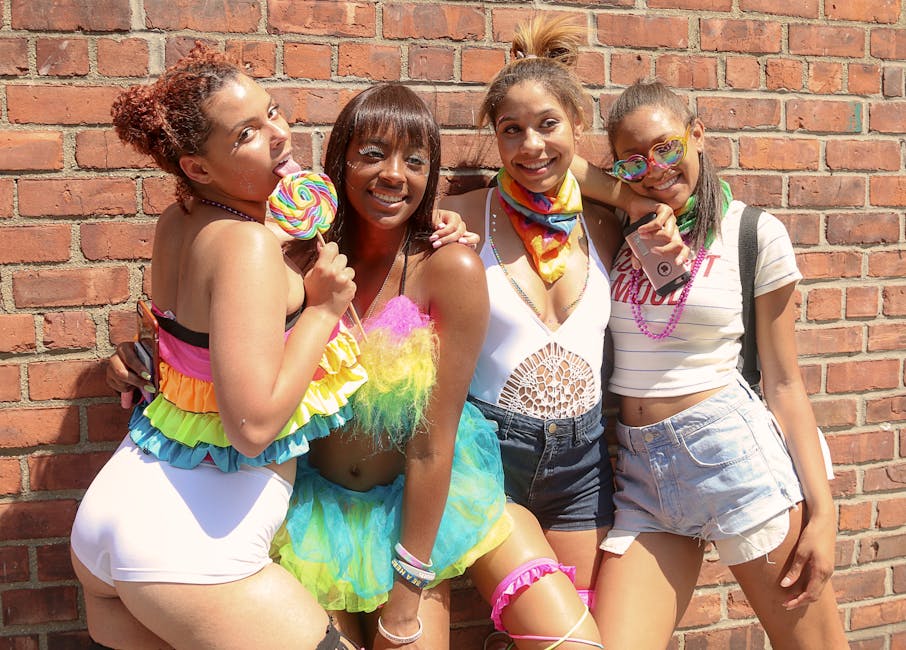The Rise of Direct-to-Consumer E-Commerce Models
Have you ever bought a product directly from a brand’s website instead of a big retailer? If so, youve experienced the rise of direct-to-consumer (DTC) e-commerce. This model is changing the way we shop, making it easier for brands to connect with their customers. Let’s dive into what DTC is and why it matters.
What is Direct-to-Consumer E-Commerce?

Direct-to-consumer e-commerce means brands sell their products directly to you, the customer. Theres no middleman like a retailer or a reseller. For example, think about how you buy shoes from a companys website instead of a department store.
This model is gaining traction because of the internet. With just a few clicks, you can find exactly what you want. Brands love this model too. They get to keep more profit and build a personal relationship with customers.
Why is DTC Growing So Quickly?

The rise of DTC is driven by a few key factors:
- Online Shopping Boom: More people are shopping online than ever before. In 2022, e-commerce sales worldwide reached $5.2 trillion.
- Social Media Influence: Brands use platforms like Instagram and Facebook to showcase their products. This way, they reach customers directly.
- Personalization: DTC brands can tailor their marketing to individual preferences. This makes shopping feel unique.
- Cost-Effectiveness: By skipping retailers, brands save money on fees. They can pass some of that savings to you.
These factors make DTC appealing for both consumers and brands. But what does this mean for traditional retail?
Is DTC the End of Traditional Retail?

Not necessarily! Traditional retail is evolving. Many retailers are adopting DTC strategies to stay competitive. they’re creating their own online shops and driving traffic to their websites.
Moreover, some brands use a hybrid approach. They sell products directly online and also partner with retailers. This way, they get the best of both worlds. Customers can shop how they preferonline or in-store.
How Are Brands Using DTC Effectively?

Brands are getting creative with their DTC strategies. Here are some effective tactics they’re using:
- Subscription Services: Companies like Dollar Shave Club offer products on a subscription basis. You sign up, and they deliver products right to your door.
- Exclusive Products: Brands often launch exclusive items that you can only buy through their website.
- Engaging Content: Brands use blogs, videos, and social media to tell their story. This builds a community around their products.
Each of these tactics creates a sense of loyalty and keeps customers coming back.
What Are Some Examples of Successful DTC Brands?
Several brands have made a name for themselves using the DTC model. Here are a few standouts:
- Warby Parker: This eyewear brand disrupted the market by allowing customers to try on glasses at home before buying.
- Casper: Known for it’s mattresses, Casper sells directly to consumers online, offering a risk-free trial.
- Glossier: A beauty brand that built a loyal following through social media engagement and user-generated content.
These brands have shown that DTC can be not just effective but also transformative in their industries.
What Challenges Do DTC Brands Face?
While DTC sounds great, it comes with its own set of challenges:
- Customer Acquisition Costs: Finding new customers can be expensive, especially with digital ads.
- Logistics and Fulfillment: Managing shipping and returns involves complex logistics.
- Building Brand Awareness: Without retail partners, brands need to invest in marketing to get noticed.
Understanding these challenges can help brands navigate the DTC landscape more effectively.
How to Spot a DTC Brand
So, how can you identify a DTC brand? Here are some signs:
- Direct Website Sales: They primarily sell through their own website.
- Strong Online Presence: They have active social media accounts and engage with their customers.
- Transparency: They are open about their products, pricing, and values.
If you see these traits, you’re likely looking at a DTC brand.
What Does the Future Hold for DTC?
The future looks promising for DTC brands. Experts predict that the DTC model will continue to grow. As technology improves, brands will find new ways to connect with you.
Emerging trends include:
- Augmented Reality: Imagine trying on clothes virtually before buying!
- Sustainability: More brands are prioritizing eco-friendly practices.
- Enhanced Customer Experiences: Expect even more personalized shopping experiences.
These advancements could reshape how we shop in exciting ways.
What Can Consumers Do?
As a consumer, it’s essential to be informed. Here are some actionable takeaways:
- Research Brands: Look into DTC brands before buying to understand their values.
- Support Local: Many DTC brands are small, local businesses. Your purchases can make a big difference.
- Stay Informed: Follow your favorite brands on social media for updates and exclusive offers.
Being a knowledgeable shopper enhances your experience and supports businesses that align with your values.
Conclusion
The rise of direct-to-consumer e-commerce is reshaping how we shop. With more brands choosing this model, the future looks bright for consumers and businesses alike. By understanding DTC, you can make informed choices that benefit both you and the brands you love.
Ready to explore the world of DTC? Check out [this article](https://www.forbes.com/sites/forbesshop/2021/06/30/ecommerce-direct-to-consumer/) for more insights!



